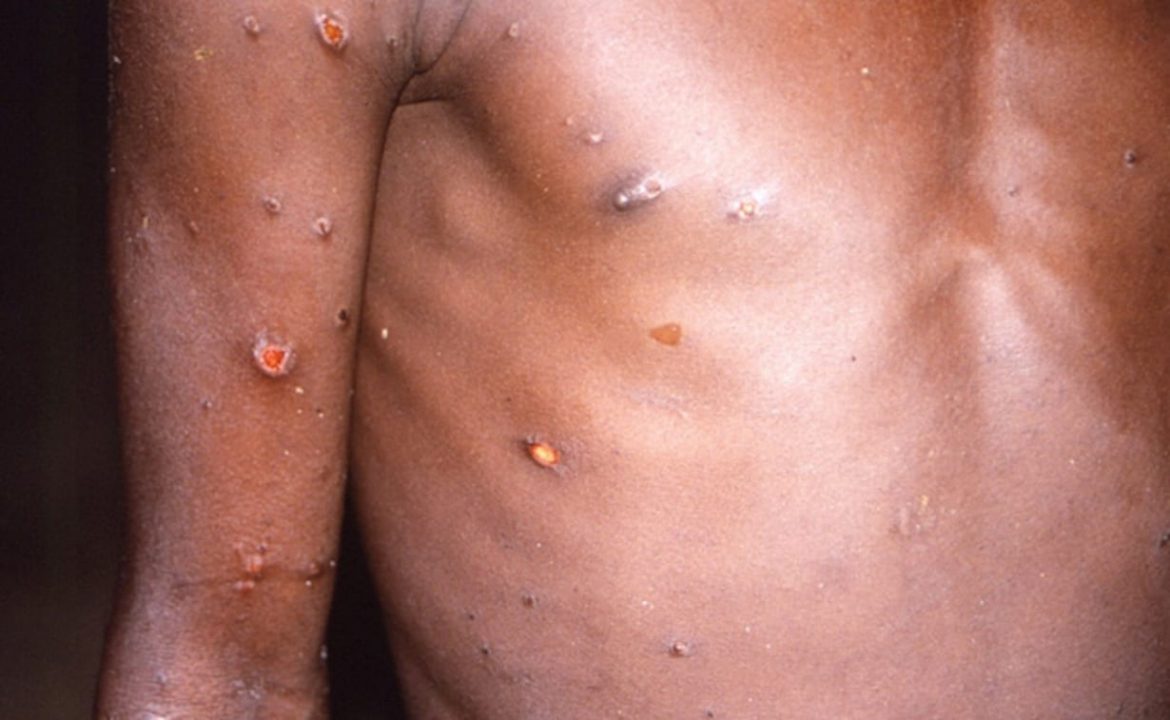In light of the rising number of reports of monkeypox (MPX) cases in non-endemic countries, the Union Ministry of Health and Family Welfare has issued ‘Guidelines on Management of Monkeypox Disease’ today as part of a proactive and risk-based approach to Monkeypox disease management and to ensure advance preparedness across the country. These may be found on the MoHFW website:
Monkeypox is a viral zoonotic disease, caused by monkeypox virus, recognized as the most important orthopoxvirus infection after the eradication of smallpox.
In humans, the symptoms of monkeypox are similar to but milder than the symptoms of smallpox. Monkeypox begins with fever, headache, muscle aches, and exhaustion. The main difference between symptoms of smallpox and monkeypox is that monkeypox causes lymph nodes to swell (lymphadenopathy) while smallpox does not. The incubation period (time from infection to symptoms) for monkeypox is usually 7−14 days but can range from 5−21 days.
Human-to-human transmission is generally accomplished by respiratory droplets, which necessitate lengthy face-to-face contact because respiratory droplets may only travel a few feet. The most common way for an animal to transmit disease to humans is through damaged skin caused by a bite or scratch.
Monkeypox has been reported as endemic in several other central and western African countries such as: Cameroon, Central African Republic, Cote d’Ivoire, Democratic Republic of the Congo, Gabon, Liberia, Nigeria, Republic of the Congo, and Sierra Leone. However, caseshave been also reported in certain non-endemic countries e.g. USA, United Kingdom, Belgium, France, Germany, Italy, Netherlands, Portugal, Spain, Sweden, Australia, Canada, Austria, Israel, Switzerland etc.
Also Read: Monkeypox, unlikely to become pandemic: WHO
Latest MoHFW Guidelines on Monkeypox
- As per the Guidelines, a confirmed case is laboratory confirmed for monkeypox virus by detection of unique sequences of viral DNA either by polymerase chain reaction (PCR) and/or sequencing.All the clinical specimens should be transported to the Apex Laboratory of ICMR-NIV (Pune) routed through the Integrated Disease Surveillance Programme (IDSP) network of the respective district/state.
- The Guidelines on Management of Monkeypox Disease include epidemiology of the disease (including host, incubation period, period of communicability and mode of transmission; contact and case definitions; clinical features and its complication, diagnosis, case management, risk communication, guidance on Infection Prevention and Control (IPC) including use of personal protective equipment
. - The guidelines stresses on surveillance and rapid identification of new cases as the key public health measures for outbreak containment, mandating need to reduce the risk of human-to-human transmission. It explains the Infection Prevention and Control (IPC) measures, IPC at home, patient isolation and ambulance transfer strategies, additional precautions that needs to be taken care of and duration of isolation procedures.
- As per the Guidelines, contacts should be monitored at least daily for the onset of signs/symptoms for a period of 21 days (as per case definition) from the last contact with a patient or their contaminated materials during the infectious period.
- Raising awareness of risk factors under risk communication and preventive measures, the Guidelines further explain in detail about raising awareness and educating people about the measures for Monkeypox virus like avoiding contact with any material of the sick person, isolation of infected patient from others, practicing good hand hygiene and using appropriate personal protective equipment (PPE) when caring for patients.
International travellers to countries reporting cases of monkeypox have been advised to not come in close contact with sick persons and dead or live wild animals. They have also been asked not to consume meat of wild animals or use creams, lotions or powder made of it.
Union Ministry of Health & Family Welfare continues to maintain a close watch over the evolving situation.
Do Follow Medically Speaking on Instagram





